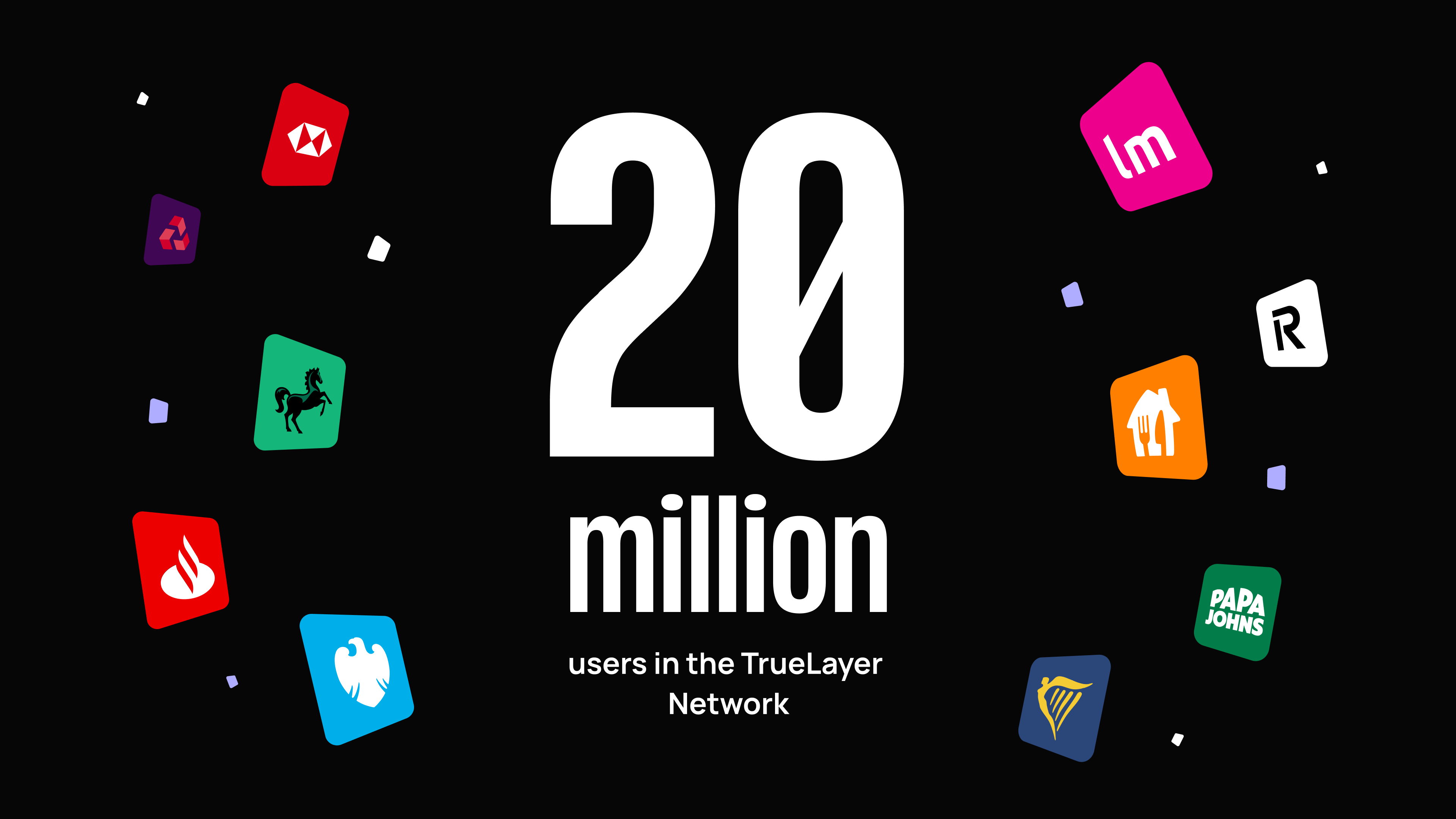What the financial services industry needs to know about VRP changes

Why should the financial services industry be excited about VRP?
First, because of the success variable recurring payments (VRP) has seen to date. But, equally, because the upcoming changes open up a variety of new use cases that your business can begin scoping.
In this article, we’ll get into how VRP has been used by banks and fintechs to date, and how it can be used in the future.
As a reminder, what is VRP?
VRP stands for Variable Recurring Payments, a payment method offering consumers the ability to set up repeat payments of varying amounts and benefit from a one-click payment experience. If that sounds familiar, it’s because VRP — otherwise known as Bank on File — combines the benefits of card-on-file, direct debit and standing orders, but without the lengthy set-up or set backs of older payment methods.
VRP represents the next stage in Pay by Bank, offering speed, flexibility, security, and efficiency.
So, where will the financial services industry benefit?
VRP and financial services - a match made in heaven
For both businesses and consumers, the benefits are proven.
Businesses benefit from:
A boost in revenue from superior conversion rates and a reduction in failed payments. Did you know, estimates suggest card payments fail 14% of the time due to lost or expired cards? Businesses know this isn’t a statistic they can afford to ignore.
Significant cost savings from low transaction fees, chargebacks, the reduction of fraud-related losses, and the savings that come from weaning card payments.
Improved liquidity and high customer retention rates driven by an instant experience that translates to high customer satisfaction and loyalty.
Consumers benefit from:
A seamless and frictionless experience. Unlike with card payments, the consumer doesn’t need to input any data manually.
A safer experience. Payment details are pre-populated and you authenticate directly with your bank using a secure, read-only connection.
A controlled experience. The consumer has the ability to set maximum payment amounts, collection dates and make instant payment cancellations. Paying bills is an emotional experience, so giving back control to the customer is what makes VRP so needed.
It’s no surprise then, looking at the value of VRP, that it already accounts for 3.3 million payments in the UK each month, with impressive month-on-month growth.
But, what are the changes, and how will they affect these numbers?
Reasons to get excited in 2025
For a real deep dive into the upcoming changes, check out our blog on why 2025 is key for VRP. But, in short, to-date recurring payments have been limited to me-to-me payments. An example of this is moving money from your current account to your savings account, also known as sweeping.
But big changes are coming in 2025. Expanding VRP beyond sweeping was confirmed in a second FCA announcement last month, which sets out plans for the industry to collaborate to develop a ‘sustainable commercial model’ that will act to incentivise banks to support new features by including them in the revenue chain. The commercial model will be enabled by an independent central operator, funded and run by banks and TPPs.
Jack Wilson, TrueLayer’s VP Policy & Research, sets out the timelines in his recent post.
This change will see consumers being able to make recurring payments to regulated financial services businesses for a variety of new use cases.
Not sure your business will benefit from this change? Let’s check.
Do you fit into one of these categories?
Breaking down the guidance, there are three main categories:
Financial products and accounts eligible for Financial Services Compensation Scheme protection. This could include investments, insurance and debt management use cases to name a few
Mortgage products that are made available by mortgage providers regulated by the Financial Conduct Authority.
Pension schemes granted master trust authorisation as determined by The Pensions Regulator.
If one of the use cases mentioned above is a match, you should start thinking about how you add VRP to your payments roadmap and reap the benefits as a fast adopter.
And speaking to TrueLayer can help. You can speak to one of our VRP experts who can help you understand the changes in more detail — in turn — creating something bespoke based on your business model.
Below are just a few examples of financial services businesses already doing it.
VRP in the wild
We have helped numerous financial services businesses implement VRP solutions that cater to their individual use cases.
a) Revolut allow users to unlock ‘one-tap’ payments by setting up a VRP mandate.
b) Zopa empower their users to use ‘auto-save’ with VRP, which gives them simple regular top-ups to their savings account.
c) Lendable offer users flexible, instant repayments for both credit card repayments and personal loans.
d) And most recently, Trading 212 have just launched VRP for their cash ISA.
““By offering variable recurring payments, we’ve given our customers greater flexibility in managing their card repayments. This allows them to adjust their payments based on their changing financial situation, without the stress of fixed amounts or time delays. It’s been a win-win helping our customers manage their commitments more comfortably while also fostering trust and loyalty”
We are also proud to have won ‘Payments Innovation of the Year’ for our industry-defining Variable Recurring Payments at the 2024 FStech Awards.
Stay up to date with all the developments
We can keep you up to date with any new developments — as they happen — in real-time.
For hot-off-the-press VRP updates, sign up to our monthly payments newsletter below.
If you’re ready to explore VRP for your business, reach out to speak to one of our payment experts today.

TrueLayer hits 20 million users as Pay by Bank adoption accelerates

Hiring in the time of AI: what candidates need to know

)

)
)
)
)